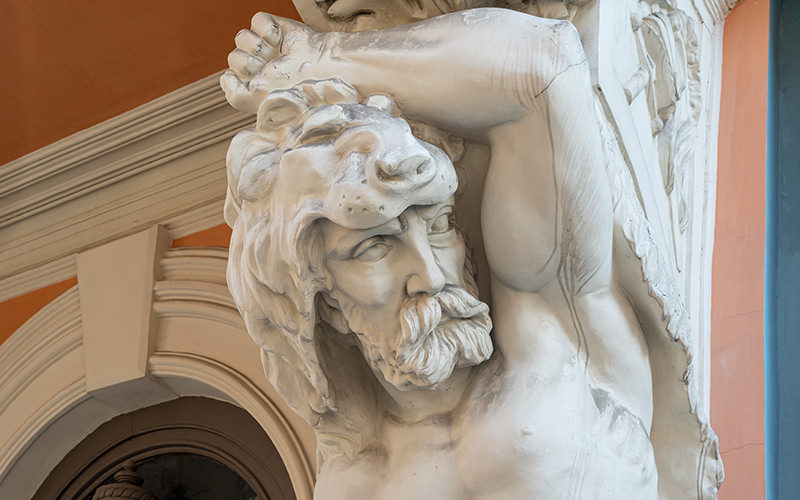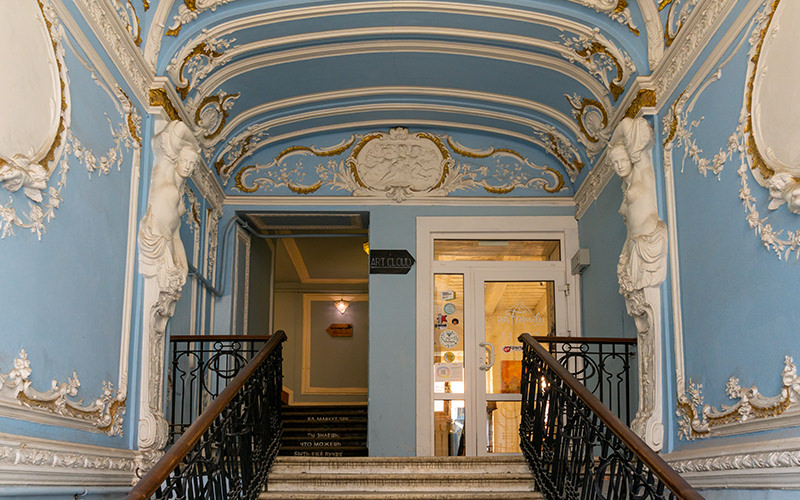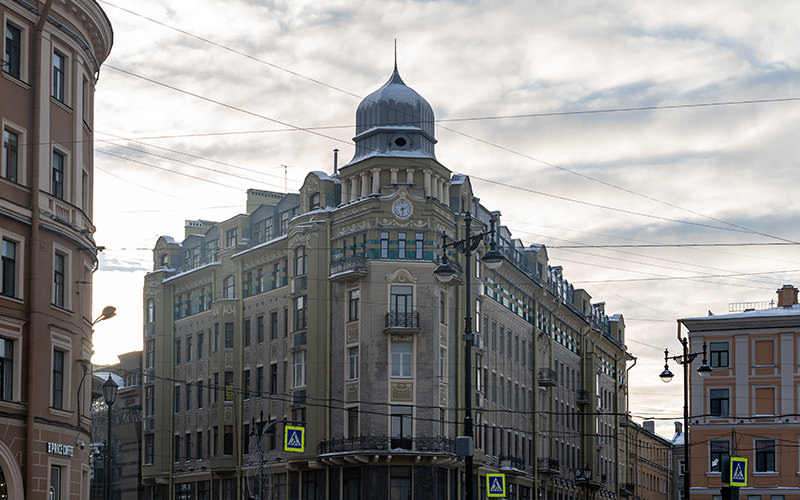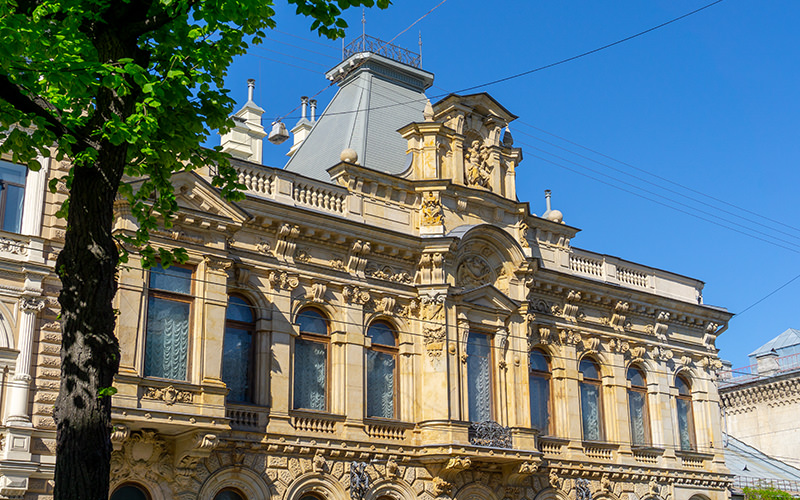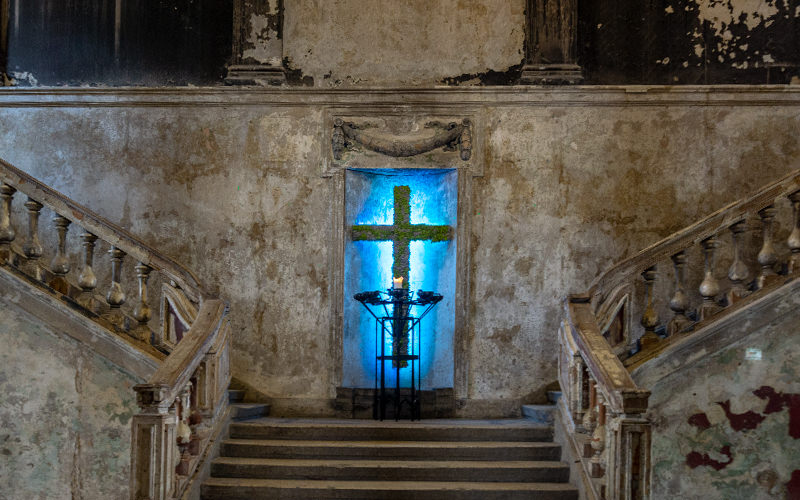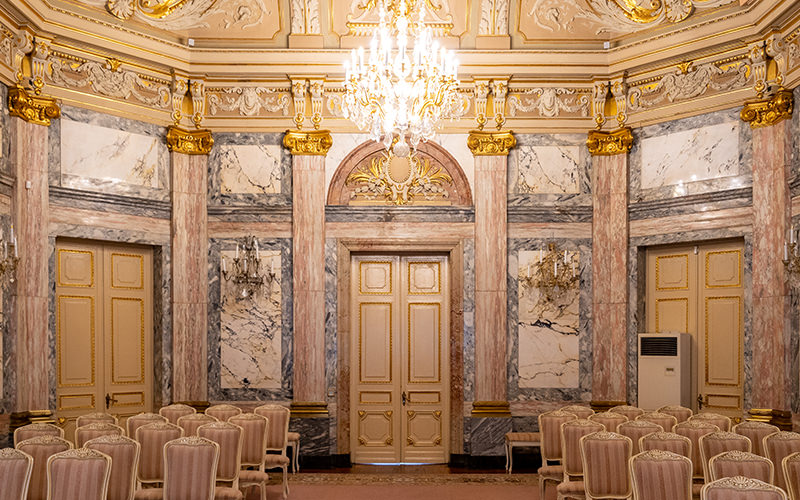The history and culture of Ancient Egypt have long captivated the imagination of humanity. Scholars have tried to uncover its mysteries, tourists have made the famous pyramids an essential part of their travel itineraries, and rulers have sought to incorporate elements of Egyptian culture into their cities and residences.
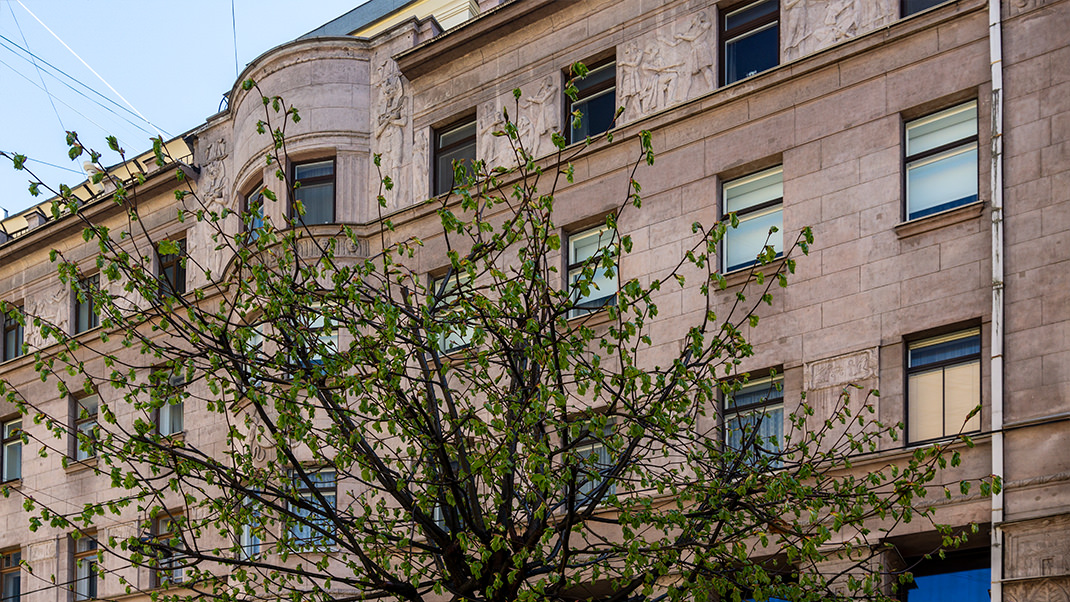
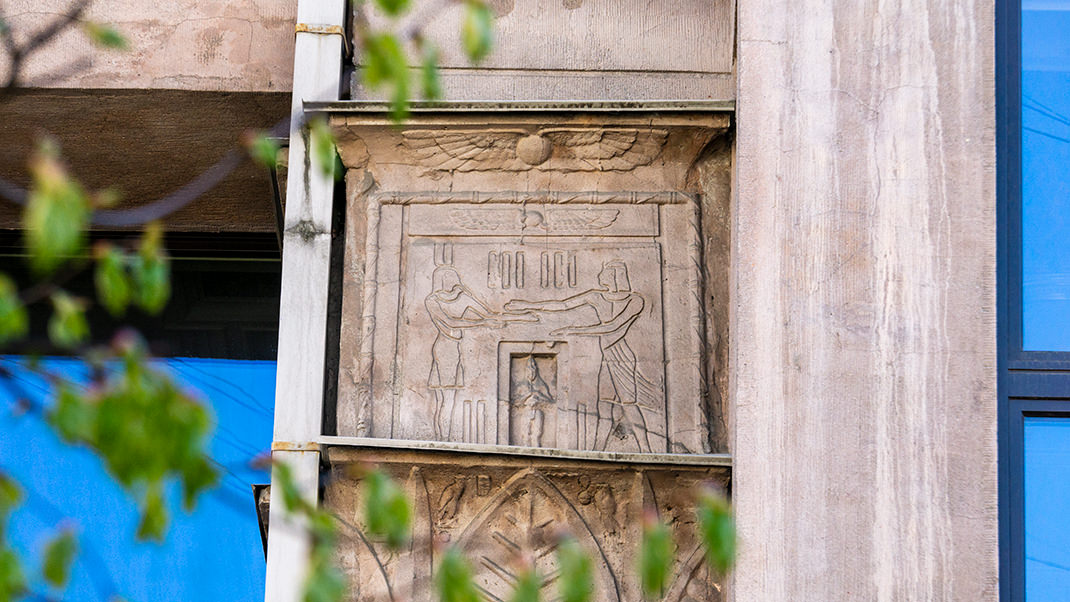
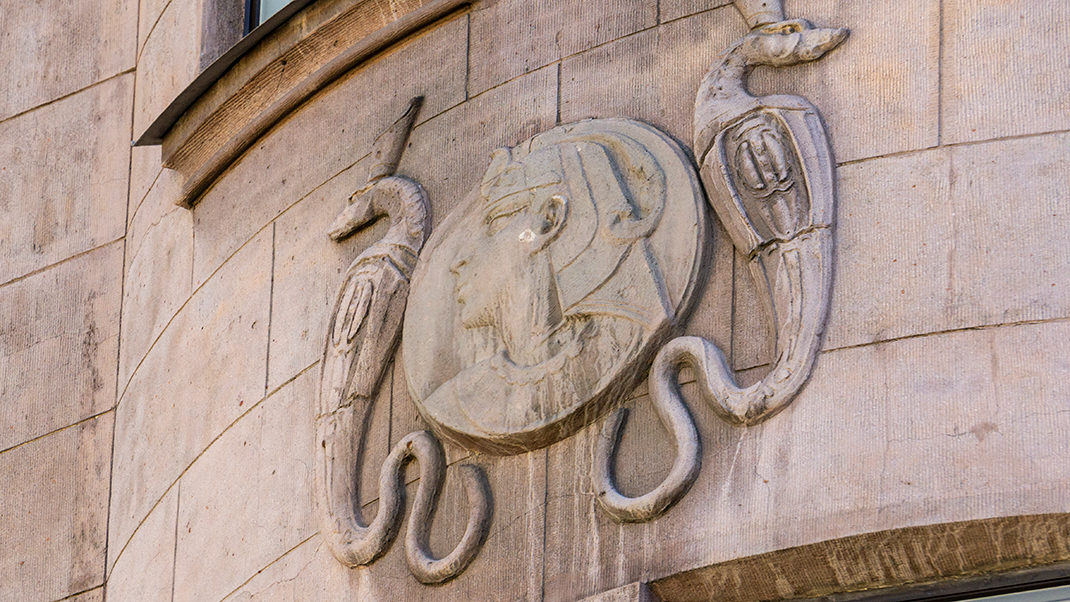
St. Petersburg is no exception: in the architecture and sculpture of our city, you can easily find many references to this ancient civilization. The sphinxes near the Academy of Arts and the Egyptian Bridge across the Fontanka River are just a few examples. Today, I invite you to explore another architectural masterpiece that takes us deep into history — the income house of L. I. Nezhinskaya on Zakharyevskaya Street.
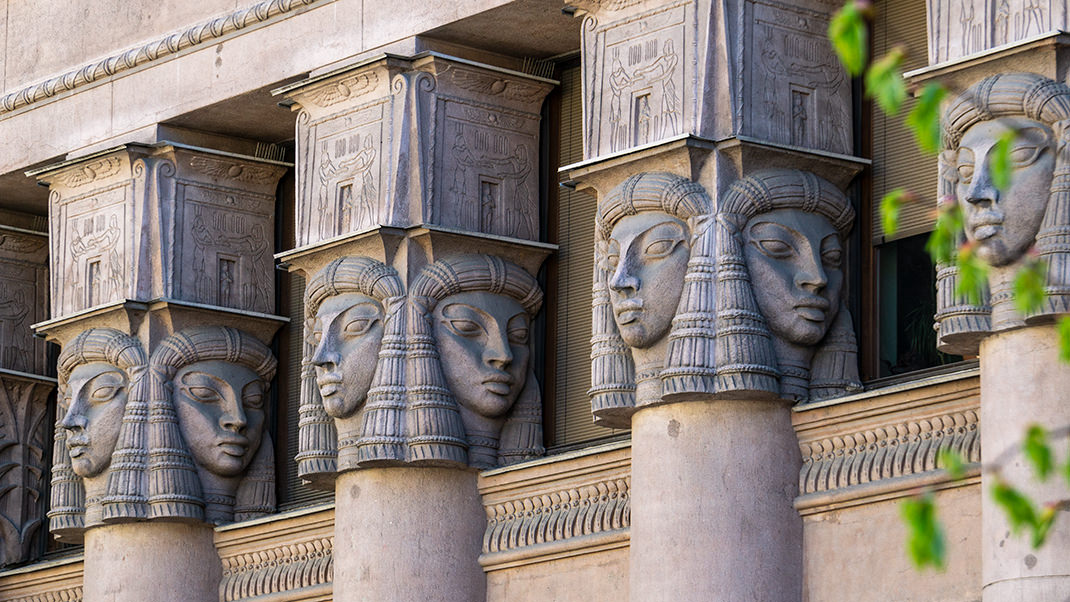
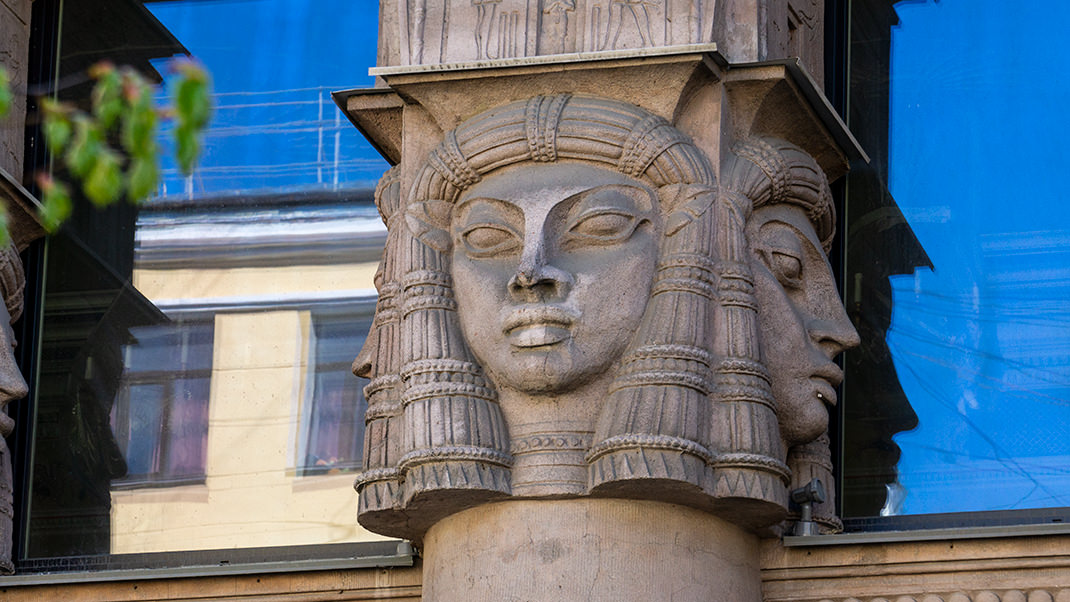
How to Get There by Subway
We are once again in the Litiy district of the city, and the easiest way to get here is via the "red" subway line. Just a five-minute walk from the L. I. Nezhinskaya House is the entrance to the "Chernyshevskaya" subway station, which has only one exit, so it's hard to get lost. After exiting the metro onto Chernyshevsky Boulevard, turn right and, when you reach Zakharyevskaya Street, turn left. The building will be about 100 meters ahead. Its exact address is 23 Zakharyevskaya Street.
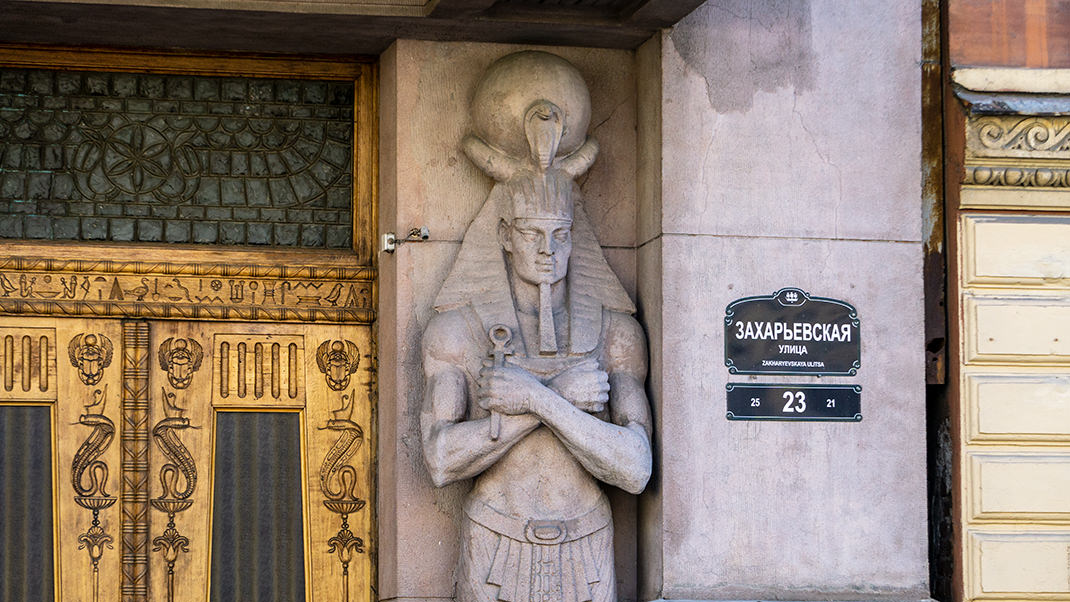
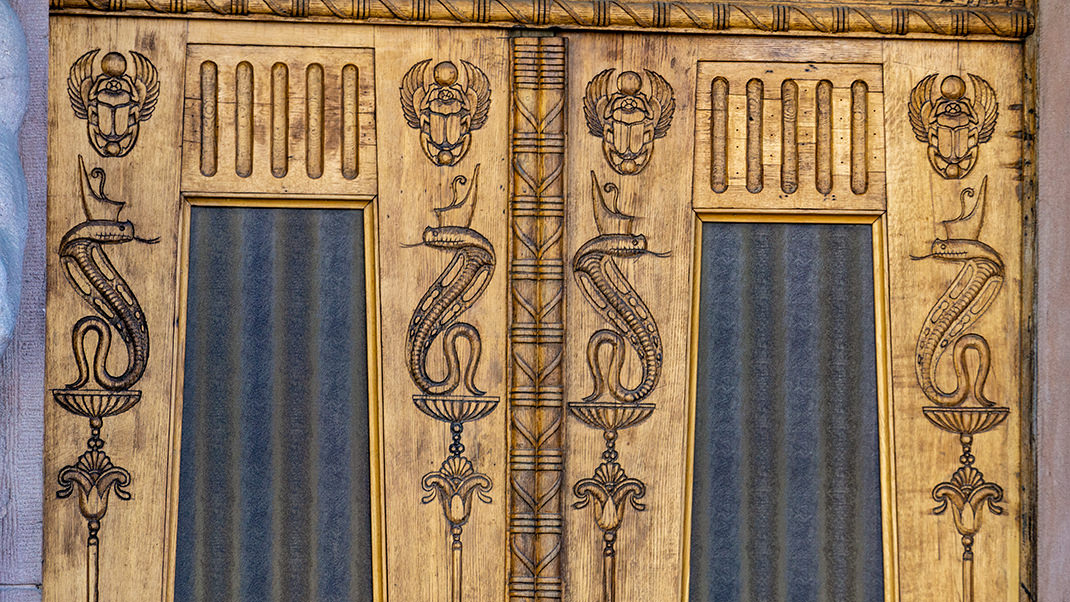
A Bit of History
The plot of land where the building stands has changed ownership several times. In the first half of the 19th century, there were a few small buildings on the site, and in 1832 a stone house was built, which also changed owners multiple times. In the 1910s, the Belgian and Romanian embassies were located here.
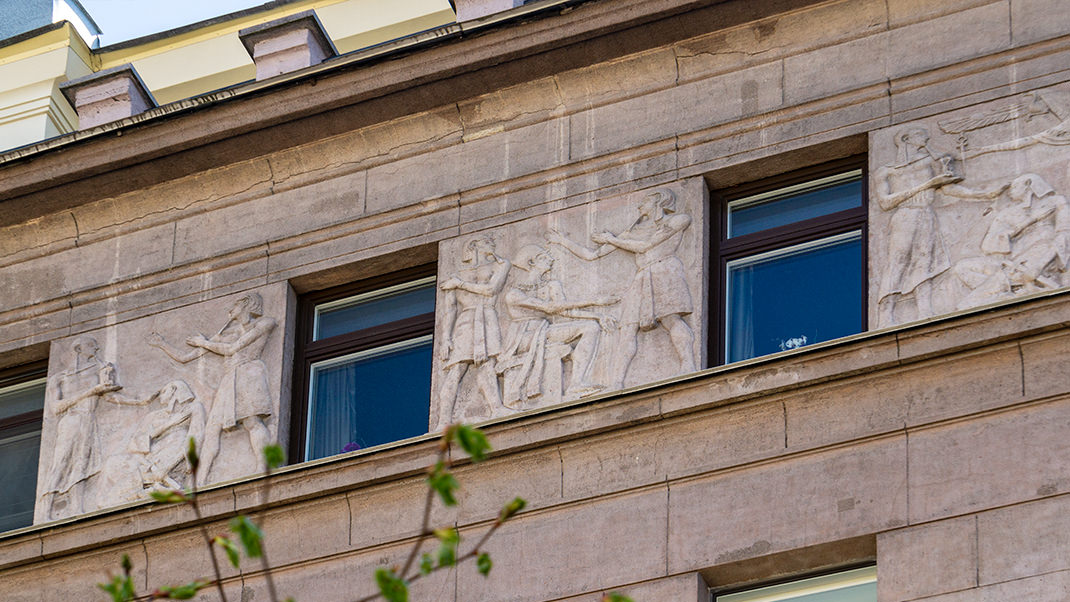
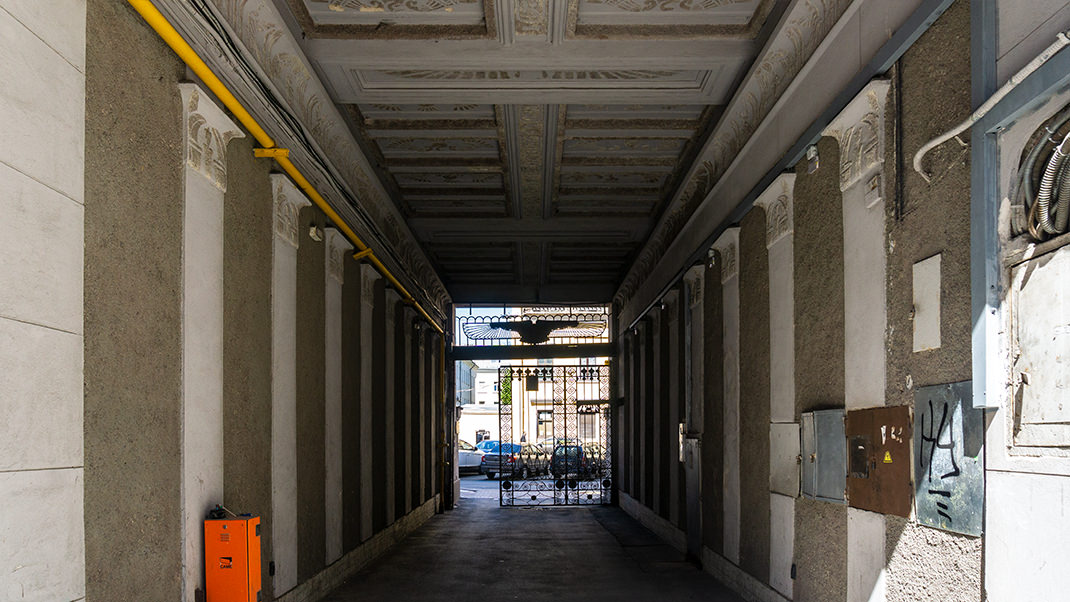
Our building was constructed between 1911 and 1913, and its owner was Larisa Ivanovna Nezhinskaya (in some sources, other initials for the owner are listed as "A. L."). The house was an income property, meaning its spaces were meant for long-term rental.
The architect of this masterpiece was Mikhail Alexandrovich Songaylo (Mikolajus Songaila), who designed several income houses in St. Petersburg. Additionally, his works can be found in Lithuania, where he worked from 1921 onward.

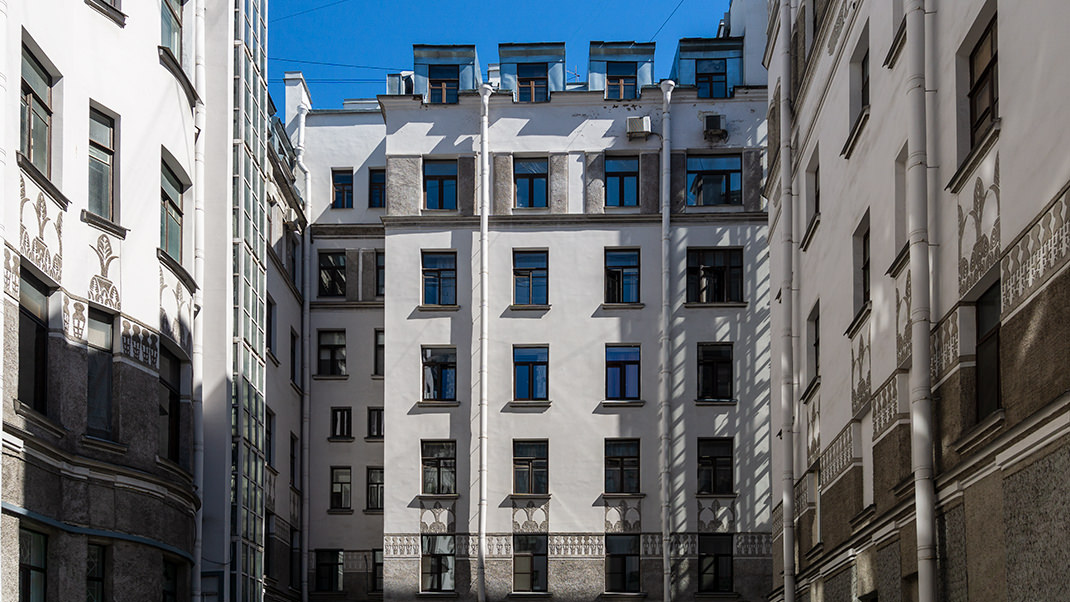
It's hard to find anyone who wouldn't be impressed by the unique appearance of this building. Its facade is richly decorated with various Egyptian-style elements: images and sculptures of cobras, scarab beetles, and ancient gods. The columns incorporated into its architecture are adorned with depictions of the goddess Hathor. In ancient Egyptian mythology, she symbolized joy, physical love, motherhood, and intoxication. Quite an unusual combination, don't you think?
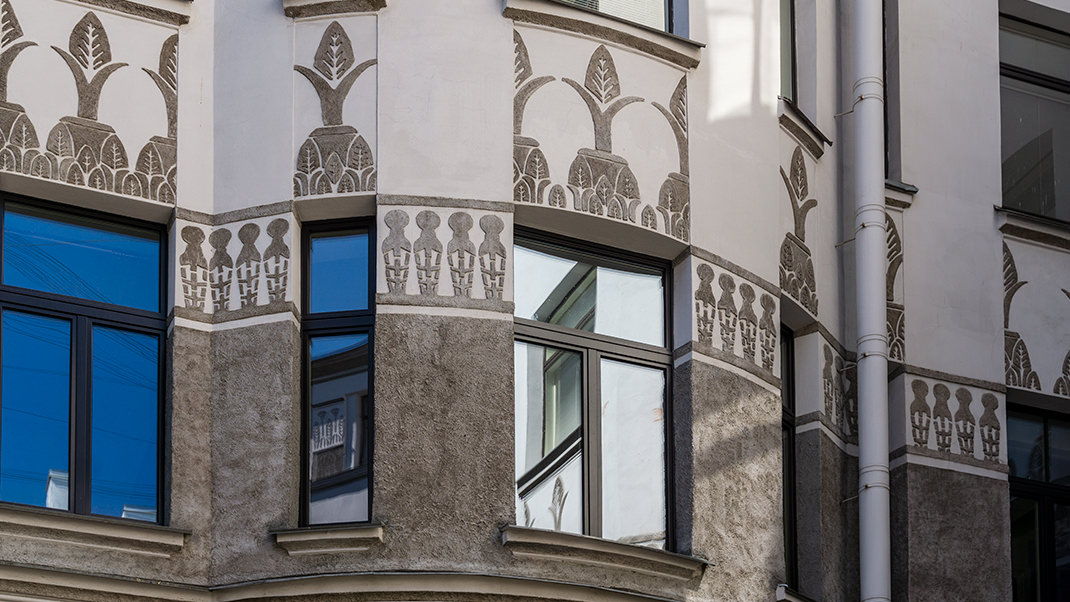
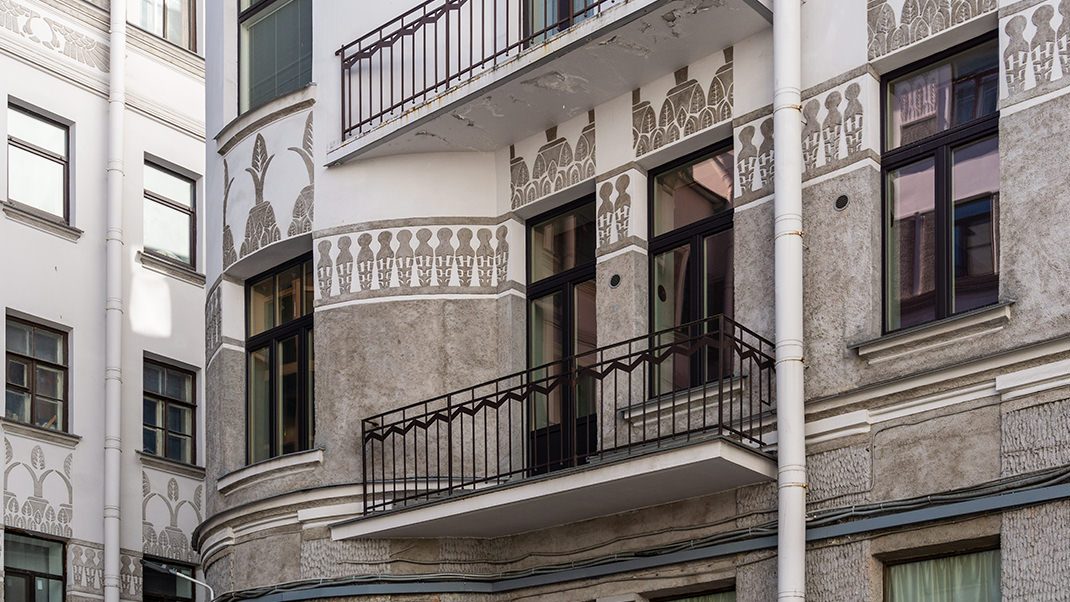
The inner courtyard of the house also attracts attention with a considerable number of decorative elements related to Egyptian themes. In fact, you won't be mistaken if you call the building itself "Egyptian," as this name has long been associated with it among locals and tourists alike.
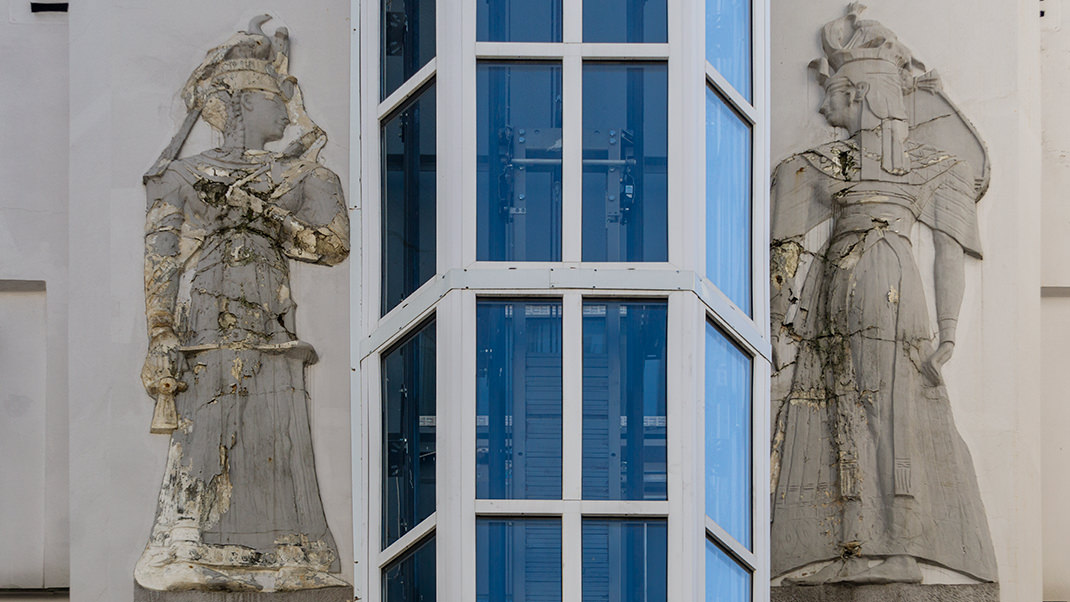
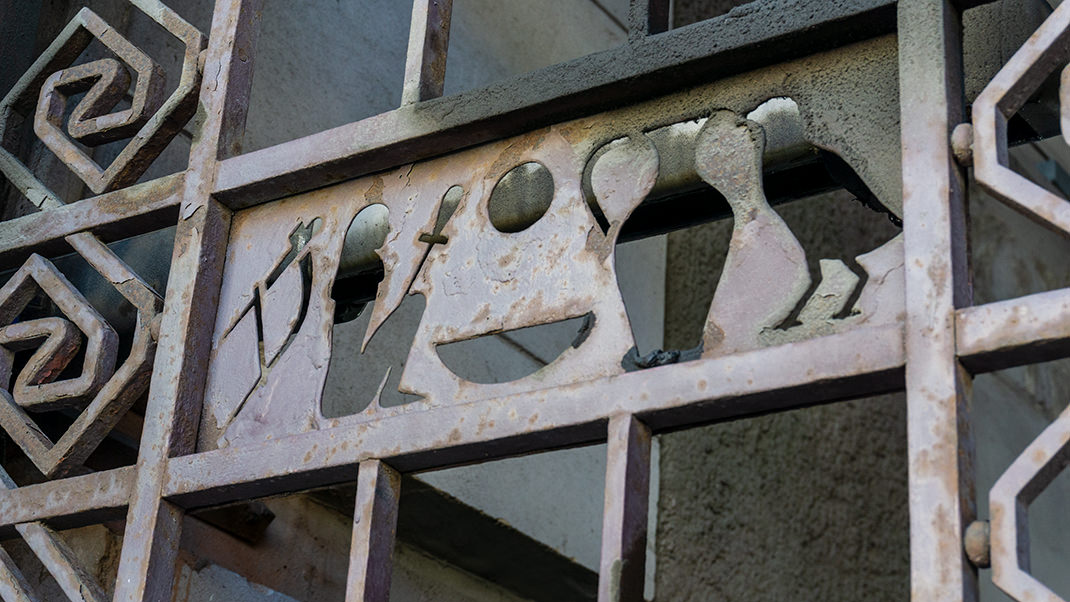
As a parting note, I can offer you a virtual tour of the beautiful interiors of the Kelkh Mansion, located not far from here.
In summary:
- An unusual building in Egyptian style;
- Located in an area with many interesting buildings;
- Free access to the inner courtyard.


